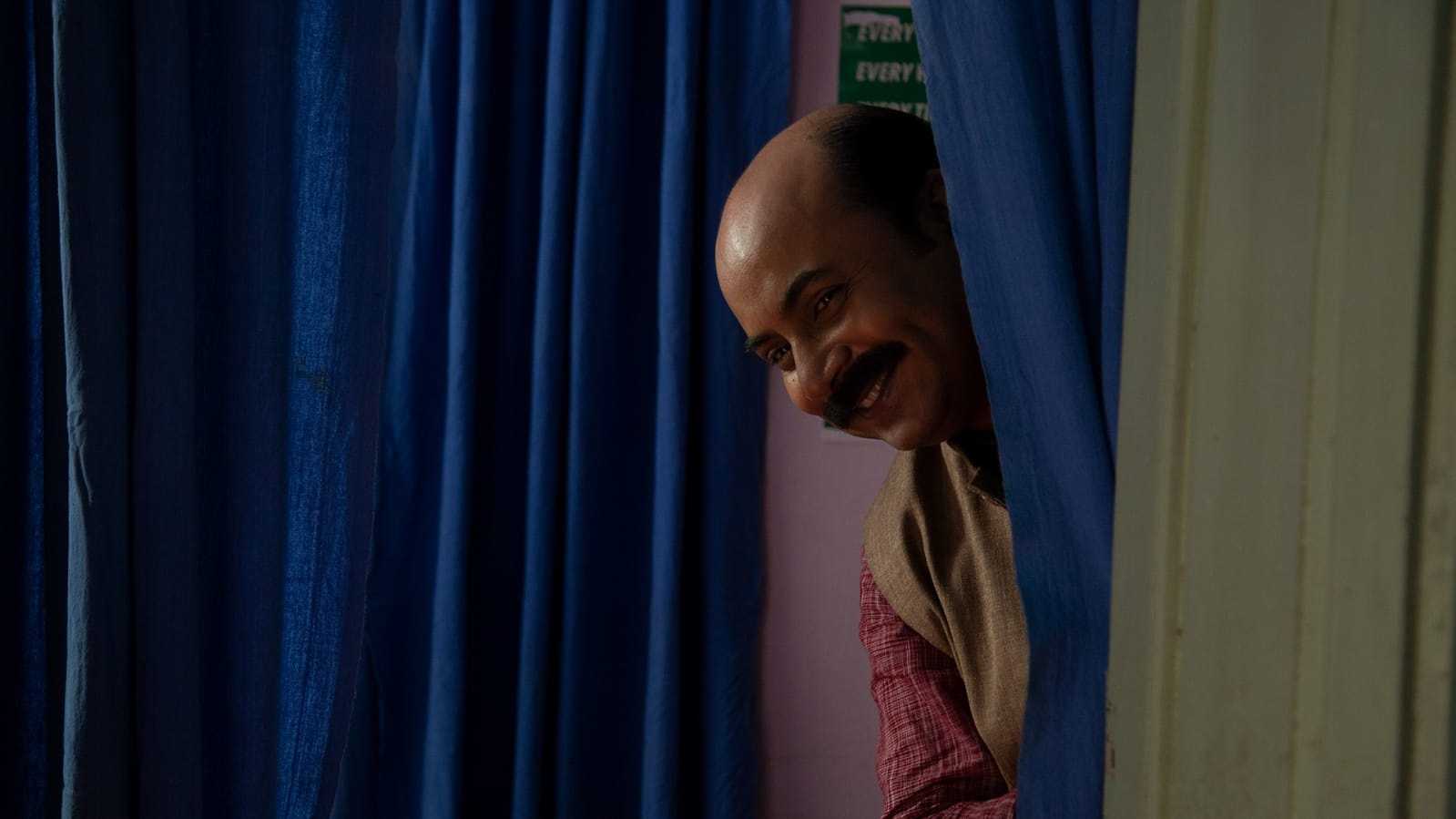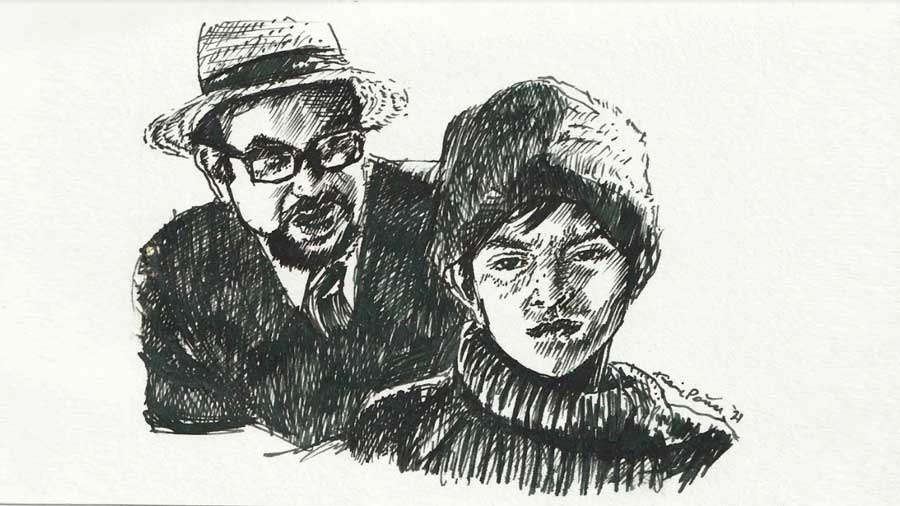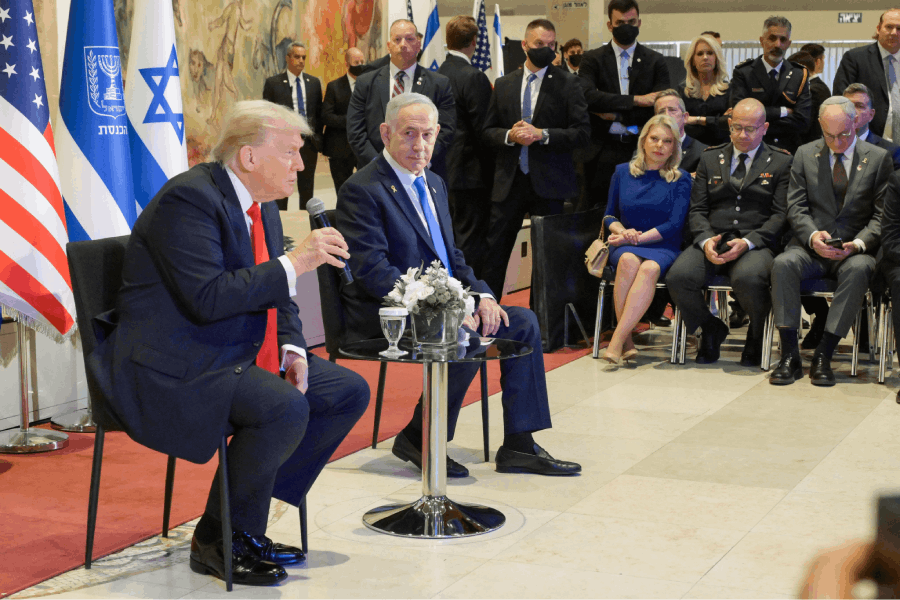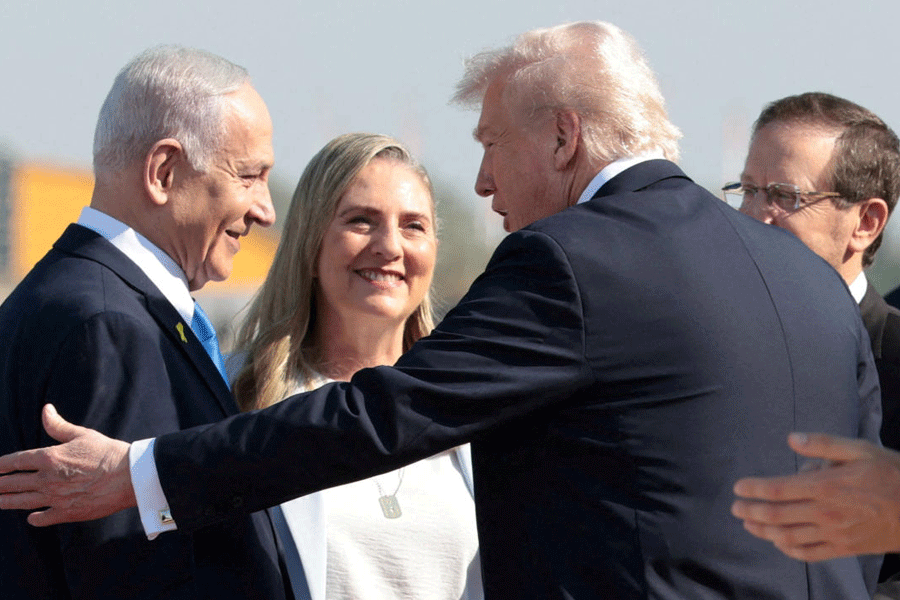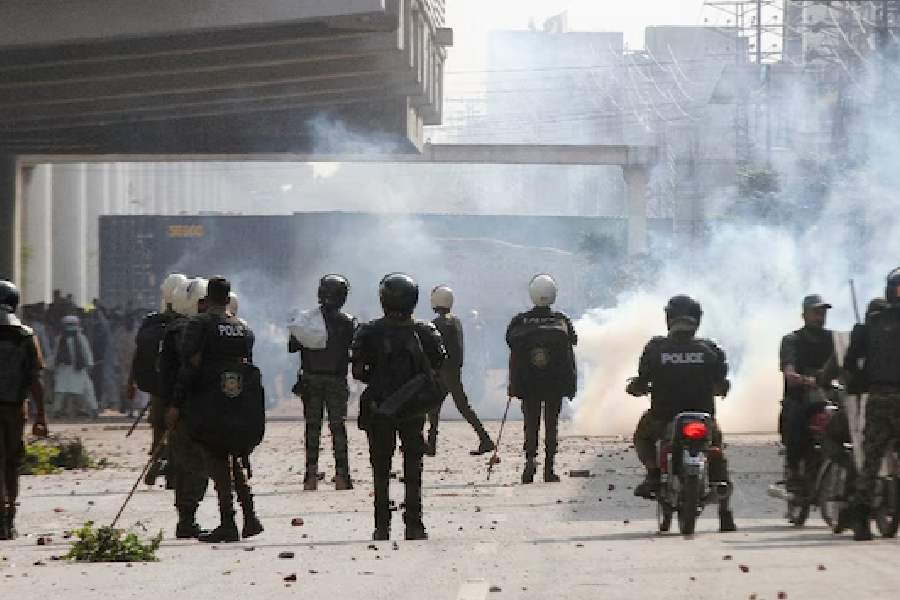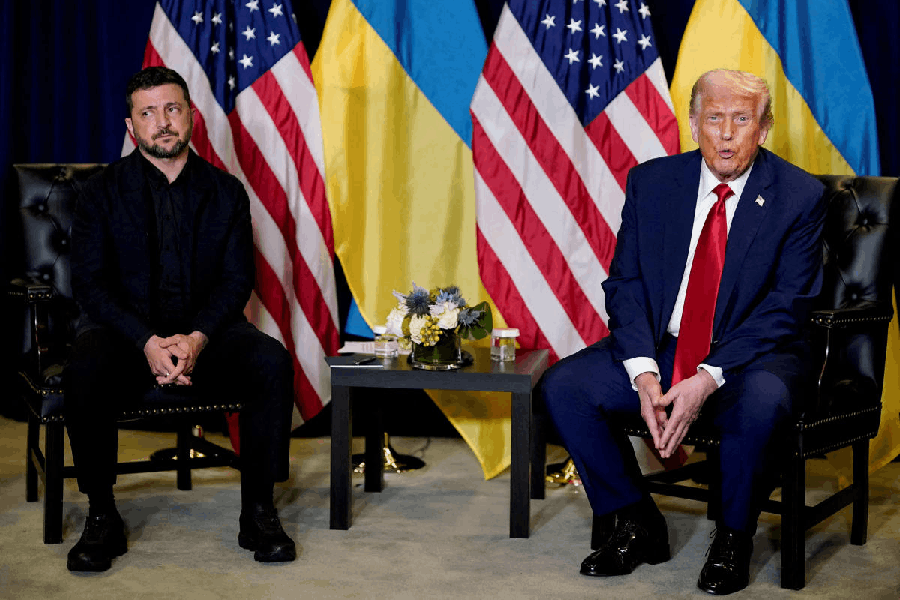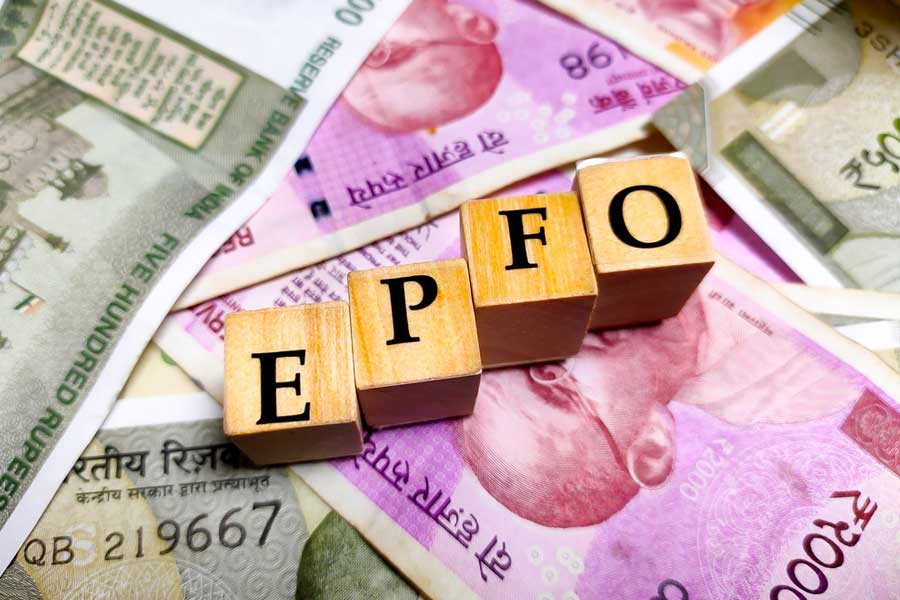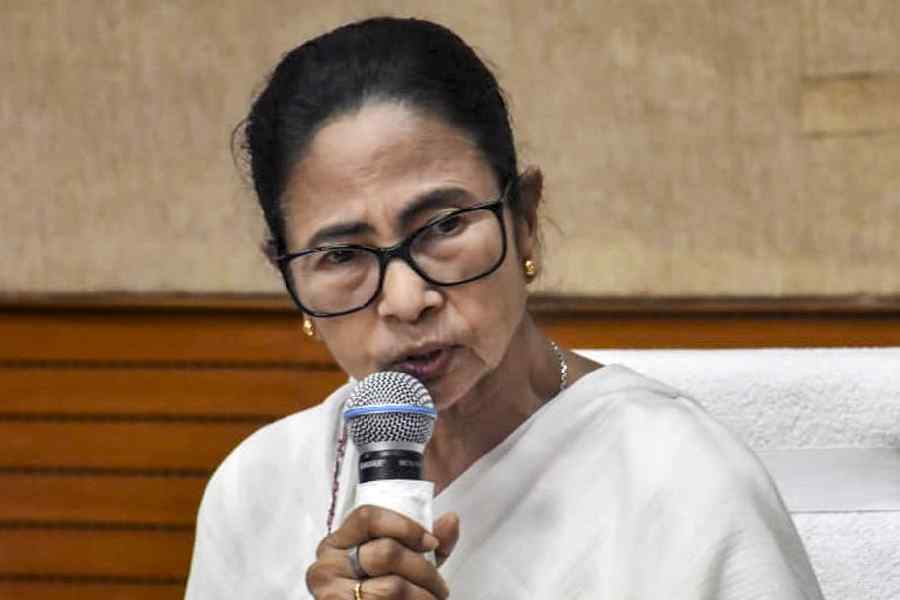Come to think of it, Ekenbabu was always destined for great things. There is no other explanation as to how he managed to survive dry patches of oblivion and still be discovered and rediscovered, loved and embraced, again and again.
Yes, embrace. For a not-so-jhappi-pappi community, Bengalis are impossibly clingy when it comes to their detectives from Bengali literature. If you consider popular culture as some kind of a measure, here are some stats. Saradindu Bandopadhyay wrote the first Byomkesh story in 1932. From the late 1960s up to now, there have been nearly 20 Byomkesh films, three television (TV) serials and a web series. Byomkesh appeared in a serialised form in the literary magazine Basumati. Satyajit Ray wrote the initial lot of Feluda stories for the children’s magazine Sandesh, with the first story appearing in 1965. Today, there are several Feluda films, not to mention TV films and serials, web series, animated series and radio dramas.
That does not mean Bengali literature produced only two sleuths. But of all the Debendrabijoys and Jayantas, Kiritis and Arjuns, these two endeared themselves in ways the others couldn’t.
Into this cast of senior and contemporary tiktikis (a Bengali slang for detectives) enters Ekendra Sen or Ekenbabu. Byomkesh was the work of a lawyer, Feluda of an adman-turned-film director. Ekenbabu leapt off the imagination of Sujan DasGupta, a 1960s mechanical engineering graduate from Jadavpur University who retired in 2000 as director of the wireless division of Bell Labs in the United States.
Ekenbabu does not have the swag and unflappability of Byomkesh or Feluda. Says DasGupta, 78, “In the 1970s, in America, I would watch a TV show called Columbo. Peter Falk played the homicide detective, Columbo, a bumbling fumbling fellow. He would always say, ‘Just one more thing,’ and then go on to utter some profundity. When I wrote Ekenbabu, I was tapping into that memory.”
Ekenbabu is a former Calcutta Police detective, mild mannered, oftentimes ludicrous, refers to every second person as “syar” and “madam”. He arrives in New York for a brief stay, solves a murder in Manhattan and becomes quite the Sensation. Thereafter, he bags a fellowship and stays on — to pursue research in criminology and do some sleuthing as and when the occasion arises. Says DasGupta, “Ekenbabu is a nut. My wife says I am a nut but that’s a separate issue.”
After moving to the US in the 1960s, DasGupta co-authored a book of logic puzzles. During one of his visits to India, he met the poet Nirendranath Chakraborty. Chakraborty, who was then editor of Anandamela, invited him to write about logic puzzles for the Bengali children’s magazine. At some point it was once again Chakraborty who urged DasGupta to write a detective story for children and that is how Ekenbabu was born.
The first story, Manhattan-e Moonstone, was written in the early 1990s. Here, Ekenbabu does not have a credit card and his Watson, NYU physics professor Bapi De, has only one. No app cabs in sight. No mention of mobile phones either. Says DasGupta, “While writing him I was conscious that he would have to be imbued with bangaliyana or Bengaliness. But at the same time I wanted to keep his context real. The lingo had to be real, even at the cost of purity. And that is why I chose the set-up I knew.”
As it happens, a couple of stories and some years down the line, faces changed, interests waned, DasGupta got busy with his career and Ekenbabu took a sabbatical.
Avishek Aich was a schoolboy in Bandel when he read about the adventures of Ekenbabu. Nearly 20 years later, he was setting up a publishing house with his friend Arijit Bhadra. As he tells the story, one day when he was walking down central Calcutta’s College Street, he remembered the endearing sleuth from his boyhood. He tells The Telegraph, “I walked into Dasgupta and Co. After some bit of searching and dusting, the elderly shopkeeper brought out three copies.” Aich eventually found DasGupta and sought his permission to collate and publish the Ekenbabu series.
The Ekenbabu stories reveal glimpses of the probashi Bangali’s life. In Queens, Bentumashi enjoys paan from Florida. And at Woodridge, in New York’s Sullivan County they frown on H-1B visa folk.
In 2007, at the prodding of a friend, Ekenbabu’s hibernation ended. Ten years later, Aich and Bhadra’s publishing house, The Café Table, brought out the first volume of Ekenbabu’s adventures. When they first approached him, DasGupta tried hard to dissuade them. “You guys will go bankrupt,” he told the young publishers.
Thereafter, every year there has been a new Ekenbabu volume and The Café Table has survived to tell the tale.
Ekenbabu has not aged, but like Aich, those who first knew him in the 1990s have. DasGupta had left “home” in the late 1960s but remained tethered emotionally, even culturally, to Bengal. The distance has worked like a creative insulation. The gap between the first Ekenbabu story and the newest has altered the backdrop, the context, but it has not made a difference to the characterisation.
Like many others, in 2017 Anindo Banerjee read his first Ekenbabu adventure. It occurred to him that it would make for good TV. Some months down the line, when he left TV and joined the OTT platform Hoichoi, where he is content head originals, he pitched Ekenbabu. As is typical of Ekenbabu’s stuttering destiny, it didn’t work out immediately. And then suddenly a shoot was postponed and an opportunity opened up.
The actor who was cast in the lead role, the only one everyone agreed would be able to pull it off, does not look like Ekenbabu at all. Not like DasGupta’s description, nor like the drawing of Ekenbabu by Kalyan Das in The Cafe Table publications. Says Aich, reliving an old worry, “We had consulted mesho (DasGupta), but once the book was out some said Ekenbabu looks like Ghonada (another fond character from Bengali literature).”
But Hoichoi’s Ekenbabu Anirban Chakrabarti does not look like Ghonada either. Instead, he reminds one of Lalmohun Ganguly or Jatayu, writer of detective fiction, from Ray’s Feluda series. If Hoichoi had trepidations, it obviously didn’t stop them from going ahead. Banerjee, however, says that from the time he read the first Ekenbabu tale he was reminded of Jatayu. “It seemed to me that Sujanda had created a character that had characteristics of Jatayu and Feluda.”
Now, it so happens that Anirban has played Jatayu in the web series Feluda Pherot released in 2020. Though it came after the first season of Eken Babu (2018), possibly because it was such a well-known character, Anirban came to be known as the man who played Jatayu. Many also say that the spirit of the late, most amazing Santosh Dutta, who played Ray’s Jatayu, seems to blow through him.
Hoichoi’s Eken Babu adventures are heavily tweaked adaptations of DasGupta’s work. Bangalore not Manhattan. ACP Rupal Mehra and not NYPD’s Captain Stuart. But Anirban has not diluted the essence of Eken. Child-like quality. Check. Everyman walk. Check. Everyman talk. Check. Affability. Check. Flaws. Check. Says the actor who is headed off to Darjeeling to shoot for an Ekenbabu film, “He represents a lost type, that’s why people love him.”
In a post pandemic world, Ekenbabu has edged out the hero, and made being regular cool. You could say — hedunnit.

